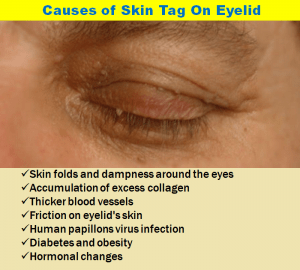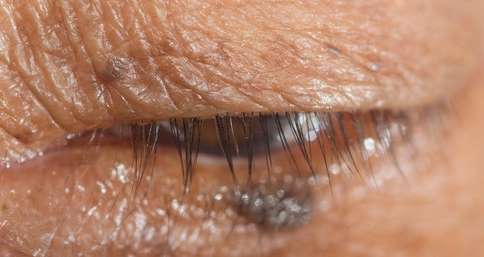

Note that skin tags aren’t general harmful to your pup, so it’s best to leave it be if it’s fairly small or otherwise not bothering them.They may be flat or teardrop-shaped, can move or dangle, and they are the same color as the dog’s skin. Unlike warts, though, skin tags have a narrow stalk that is attached loosely to the skin. Skin tags in dogs can be easily confused with warts, which are more dangerous because they can grow into malignant tumors. This article has been viewed 730,740 times.Ĭonfirm that the growth is a skin tag.

In this case, several readers have written to tell us that this article was helpful to them, earning it our reader-approved status. WikiHow marks an article as reader-approved once it receives enough positive feedback. There are 10 references cited in this article, which can be found at the bottom of the page. He is also a Certified Canine Rehabilitation Therapist (CCRT) through the Canine Rehab Institute as well as a Certified Veterinary Acupuncturist (CVA) through Chi University. Spragley holds a BS in Biology from SUNY Albany and has a Doctor of Veterinary Medicine degree (DVM) from Ross University School of Veterinary Medicine. Spragley’s specializations and interests include non-surgical management of cranial cruciate ligament tears, Intervertebral Disk Disease(IVDD), and pain management in osteoarthritis. With experience in multiple institutions and private practices, Dr.

Ray Spragley is a Doctor of Veterinary Medicine and the Owner/Founder of Zen Dog Veterinary Care PLLC in New York. These data suggest baby shampoo may be an effective preoperative cleansing agent.This article was co-authored by Ray Spragley, DVM and by wikiHow staff writer, Luke Smith, MFA.

These corresponded to bacterial load reductions of 96.3%, 96.6%, and 98.4% for baby shampoo, PI, and IA, respectively.īaby shampoo achieved comparable diminution in eyelid skin bacterial load to PI or IA. Change from baseline in bacterial load was statistically similar for all 3 agents (median reduction in log CFU/cm = 1.28 with baby shampoo, 1.57 with PI, 1.40 with IA p > 0.05). All 3 cleansing agents significantly reduced the bacterial load (p 0.05). Before cleansing, similar amounts of bacterial flora were grown from all specimens (median log CFU/cm = 2.04 before baby shampoo, 2.01 before PI, 2.11 before IA p > 0.05). The number of colony forming units (CFU) was assessed and bacterial load per square centimeter of eyelid skin was quantified.īaseline and postcleansing samples were assessed from 42 eyelids of 42 subjects (n = 14 for each of baby shampoo, PI, and IA). Samples were cultured on 5% sheep blood agar for 24 hours. Paired skin swabs were collected from a 1 cm area of the upper eyelid of subjects before and after a standardized surgical scrub technique. Bacterial load on adult, human eyelid skin was quantitated before and after cleansing with 1) dilute baby shampoo, 2) 10% PI, or 3) 70% IA. Prospective, randomized, comparative, and interventional trial. The authors compare the efficacy of baby shampoo, povidone-iodine (PI, Betadine) and isopropyl alcohol (IA) in reducing eyelid skin bacterial load. Baby shampoo is used as an alternative surgical skin preparation, but the evidence supporting its use is scarce with no descriptions of efficacy in the periocular region.


 0 kommentar(er)
0 kommentar(er)
